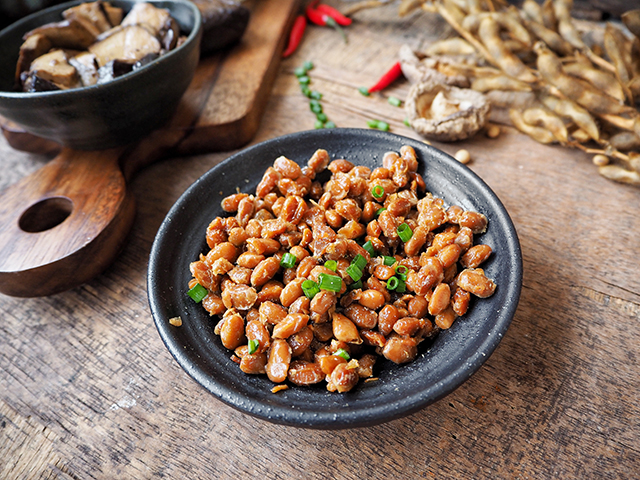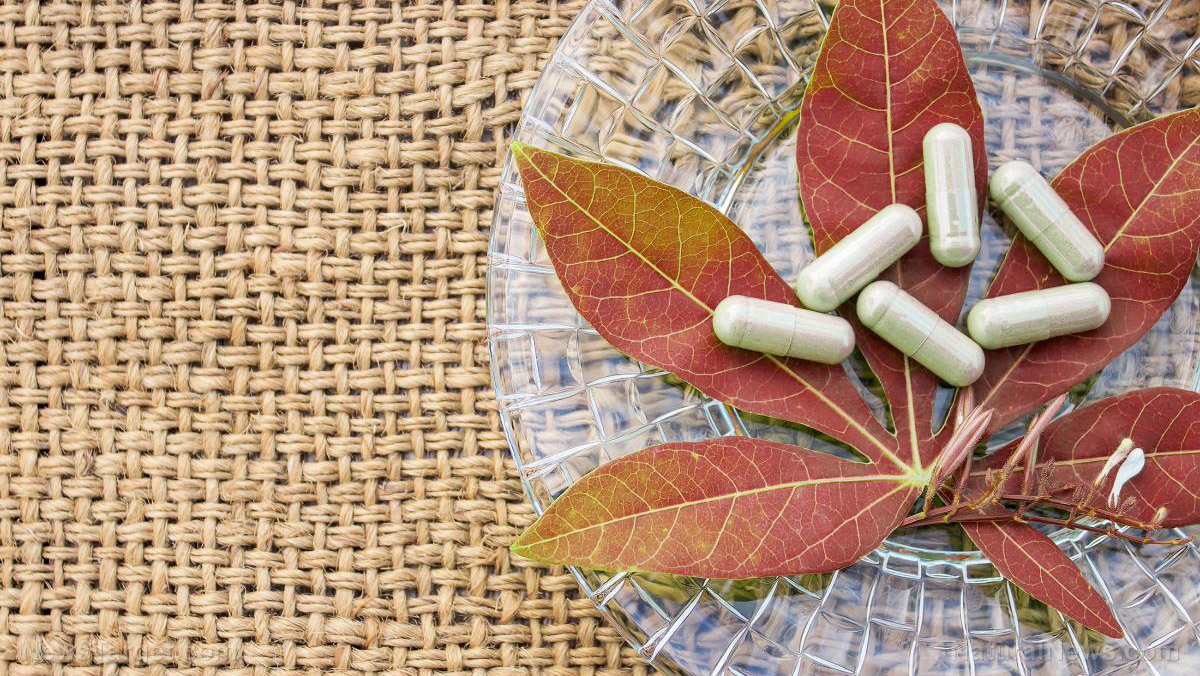Chinese folk medicine shows potential in treating rheumatoid arthritis
07/06/2018 // Edsel Cook // Views
Tags: alternative rheumatoid arthritis treatments, Chinese herbal medicine, herbal medicines, medicinal herbs, rheumatoid arthritis, rheumatoid arthritis solutions, rheumatoid arthritis treatments, traditional Chinese medicines

The study was supported by the Nanjing University of Chinese Medicine. The results were published in the scientific journal BMC Complementary and Alternative Medicine.
- C. indicum sees wide use in southern China as a folk medicine that reduces pain caused by swelling. It used to treat foot edema, lumbocrural pain, and rheumatoid arthritis.
- To test the anti-arthritic efficacy of C. indicum extract, researchers injected complete Freund’s adjuvant into the right hind paws of mice. The injection caused the animals to develop arthritis. Some of the mice were then given different doses of C. indicum extract.
- They analyzed the severity of the arthritis using several methods. The researchers collected serum samples and measured alkaline phosphatase (ALP) and malondialdehyde (MDA) levels. They also performed standard immunohistochemical analyses of knee joint tissues.
- Administering 0.4 and 0.8 grams per kilogram (g/kg) of C. indicum extract suppressed the inflammation in the joints of mice that suffered from adjuvant-induced arthritis. The extract reduced swelling in the paw, hyperplasia of lymphatic tissues, and hyperplasia of the synovial membrane.
- Furthermore, the extract lowered the levels of MDA and ALP in the blood. It also downregulated the expression of IL-1β and TNF-α in the mice's arthritic joints.
The full text is available online.
The researchers believe that the extract of C. indicum possessed immunodepressant qualities and the ability to regulate cytokines. This made C. indicum a possible therapy method for rheumatoid arthritis.
Journal reference
Chen Y, Wang QW, Zuo J, Chen JW, Li X. ANTI-ARTHRITIC ACTIVITY OF ETHANOL EXTRACT OF CLAOXYLON INDICUM ON FREUND’S COMPLETE ADJUVANT-INDUCED ARTHRITIS IN MICE. BMC Complementary and Alternative Medicine. 2017;17(1). DOI: 10.1186/s12906-016-1500-7.
Related Topics
alternative rheumatoid arthritis treatments Chinese herbal medicine herbal medicines medicinal herbs rheumatoid arthritis rheumatoid arthritis solutions rheumatoid arthritis treatments traditional Chinese medicinesLatest News
Related News
09/19/2018 / By Edsel Cook
08/29/2018 / By Edsel Cook
03/20/2018 / By Frances Bloomfield
Take Action:
Support Natural News by linking to this article from your website.
Permalink to this article:
Copy
Embed article link:
Copy
Reprinting this article:
Non-commercial use is permitted with credit to NaturalNews.com (including a clickable link).
Please contact us for more information.
Please contact us for more information.




















